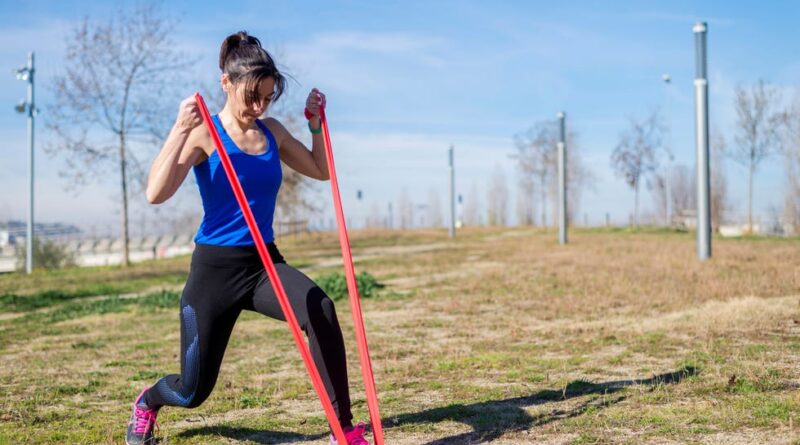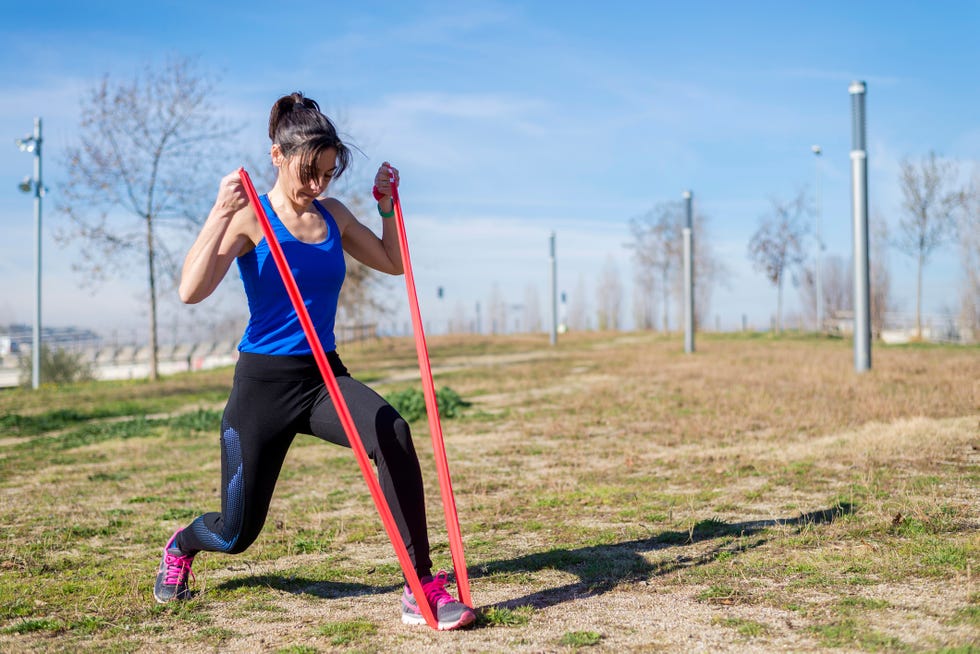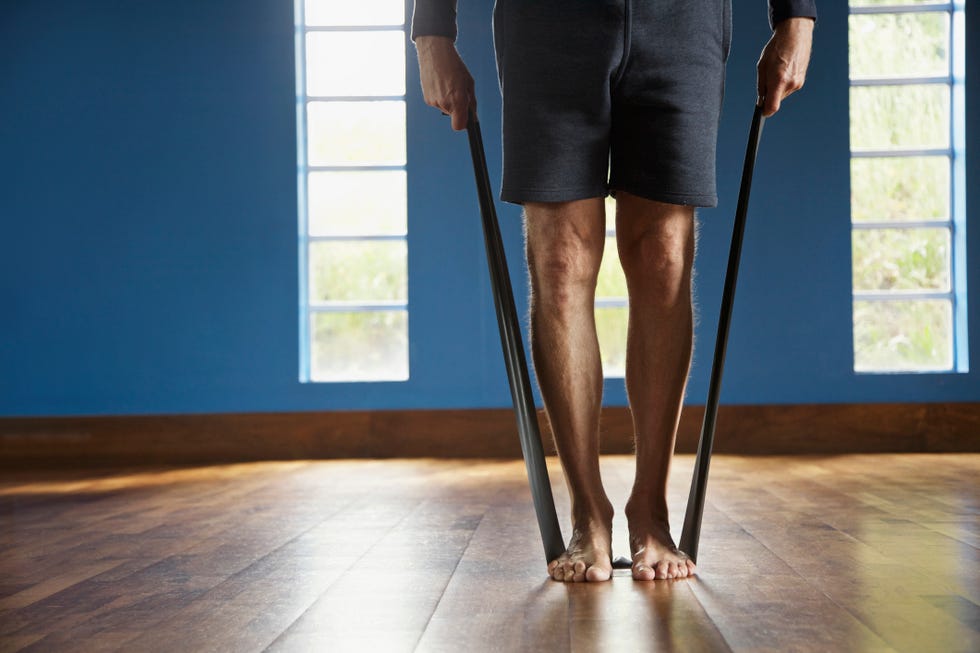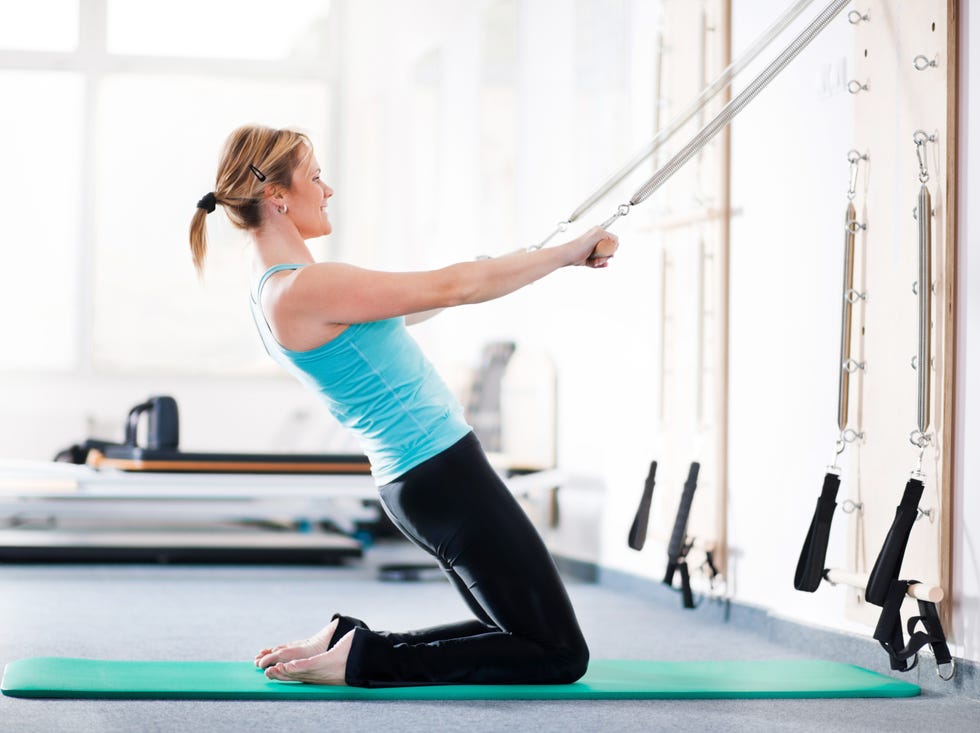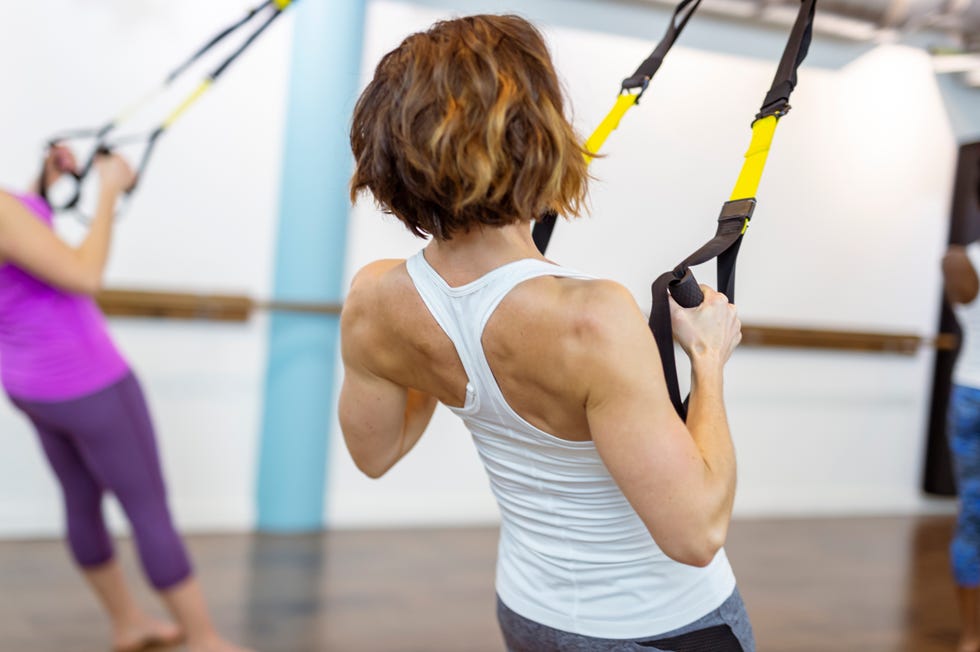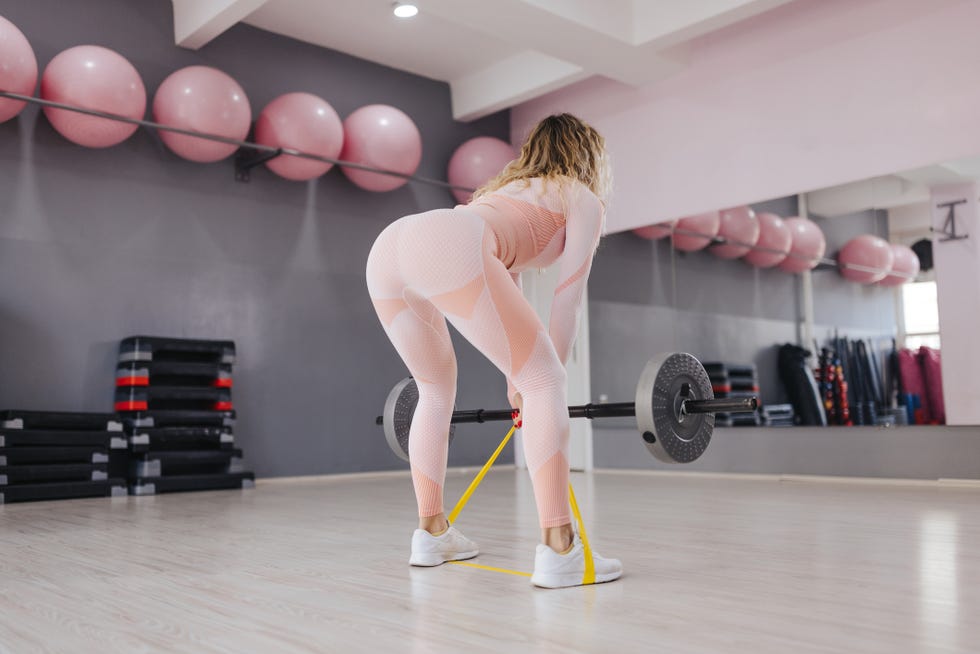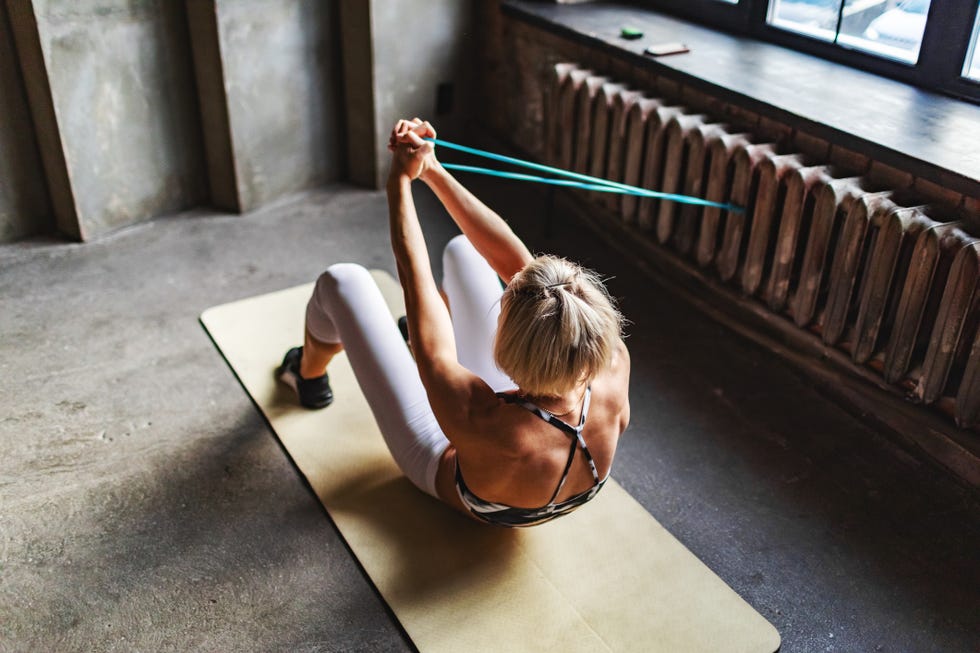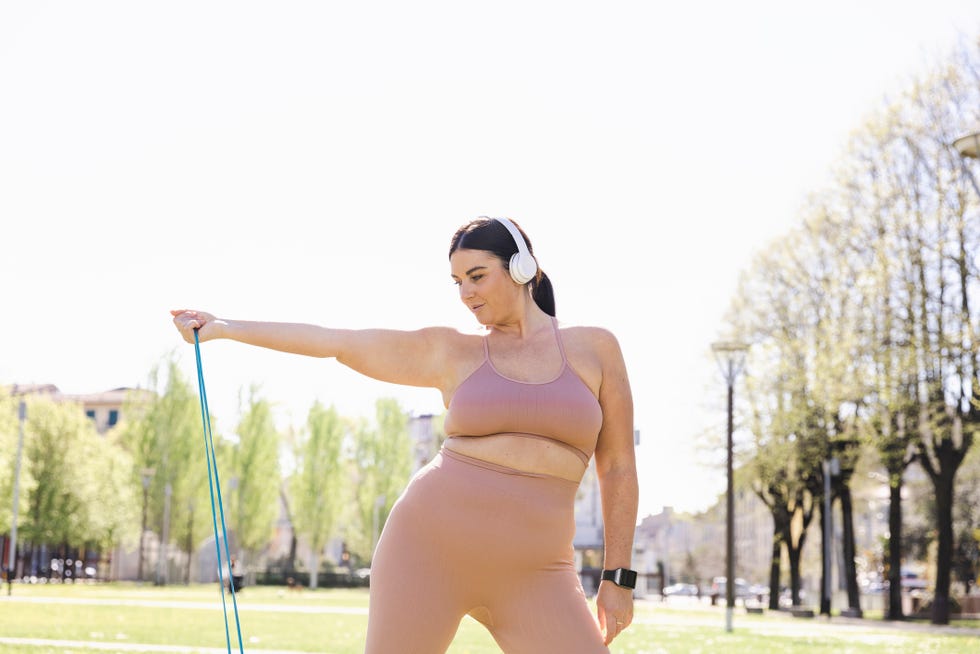What Trainers Want You to Know About Back Resistance Band Exercises
If you experience back tension or shoulder tension that no amount of yoga or stretching seems to relieve, you might try back exercises, which work to gently push the limits of your muscles— slow and direct it in ways that others cannot.
Meet the Experts: Teddy Savage, national lead trainer at Planet Fitness and Denise Chakoian, CPT, owner and founder of CORE Cycle.Fitness.Lagree.
Resistance band exercises are the best thing to fix the work-from-home condition accumulated from many hours of hunching over the computer desk. As you probably know, the situation is doing horrible things in the background. Below, experts explain the purpose of resistance bands and how they can support back health when done correctly.
What are opposition groups?
Resistance bands are thick, stretchy bands made of rubber or latex that can enhance many common exercises by adding an element of, well, resistance. There are all different types of resistance bands, including thick, flat therapy bands, tube bands with handles, small bands, and figure eight bands.
Can opposition groups help with the situation?
Yes. Teddy Savage explains: “They are perfect for conditioning exercises that improve posture, core stability, and overall strength because they have different levels of tension and allow you to focus attention to form, technique, proper speed, and the mind to coordinate the muscles,” explains Teddy Savage. , the country’s top trainer at Planet Fitness. “Position is very much connected to the stability of the spine, core strength and mobility of your hips. So, working with resistance bands helps to unlock a wide range of exercises designed to target each one” one by engaging those important stabilizing muscles.”
Put differently, classes can help you engage in “center,” adds Denise Chakoian, CPT, owner and founder of CORE Cycle.Fitness.Lagree, which naturally stretches the back and corrects bad posture. . When you use resistance bands correctly, you have no choice but to stay upright.
Resistance band back exercises
Below, Savage and Chakoian’s exercises offer the dual benefits of conditioning and fitness. Do each exercise for 60 seconds with 30 seconds rest in between. Do each exercise in sets of three.
Reverse band fly
This exercise helps correct posture by discouraging your shoulders from slouching and rounding forward, Savage says.
How to: “Start with your feet about hip-width apart and stand on your belt. While maintaining a neutral back, pull the band and squeeze the upper back muscles between the shoulder blades shoulders and scapula. Imagine you’re trying to crack a stick between those muscles,” Savage says.
The curved line of the Resistance band
This exercise is great for strengthening the lats or lower back, which helps stabilize the shoulder joint and medial to the upper back, Savage explains.
How to: “Starting with your feet about hip-width apart, stand on a resistance band and keep your heels on the floor,” Savage says. “Bend at the hips and keep your back straight as your basic position for the exercise. Then pull the belt toward you by pushing your elbows back and squeezing your back muscles.”
Resistance band lat pulldowns
“Lat pulldowns are one of the best ways to strengthen your back muscles that help keep your torso upright because they target the lats, rhomboids and rear deltoids,” Savage says. we.
How to: Start by tightening the band up to a point above your head, like a gym equipment rack. Then place yourself under the anchor point on one knee, lift your chest and step back. Pull the bands down by pulling your elbows down and back until you make a “W” with your elbows close to your body, chest spread.
Resistance band are cutting trees from top to bottom
Rotational stability in your spine is one of the things that helps you maintain good posture, Savage says. This exercise targets the internal and external obliques, small stabilizer muscles, with a twisting motion.
How to: First fasten the belt above your head and stand close to the anchor point. Grab the arm of the resistance band and pull the right side down to the left knee by keeping your back together and rotating in the direction of the pull. Then switch sides.
Resistance band deadlift
The lower back is important for keeping the spine straight, which means it’s a key player in posture and mobility, Savage says. The lower back deadlift is a joint movement that engages several lower lumbar muscles to improve strength in that area.
How to: Start with your feet hip-width apart with a secure band under your midfoot. Bend slightly at the knee and support yourself at the hips. Cross the groups so that the group itself forms an “X,” creating more tension. Then bend your knees and hold yourself down until you reach the level of your thighs or until you hit your full swing. Next, drive through your heels and engage your lower back muscles to lift your chest and return to a standing position.
Resistance band sit-ups
“Our muscles work in a complementary relationship,” Savage explains. can cause stress and problems.” This exercise helps with that, he adds.
How to: Start with your body pressed to the point in front of the knee height. Then sit facing the anchor point, your feet flat and high, making sure to hold the bands close to the chest and sternum. Next, slowly lean back until you reach the floor and your back is flat on the mat. Slowly come up and return to the starting position.
Resistance band lateral raise
Easy moves from Chakoian involve the upper back and shoulders.
How to: Place both feet on your club and raise the handles to the side of the body in a “T” shape. Repeat.
#Trainers #Resistance #Band #Exercises

